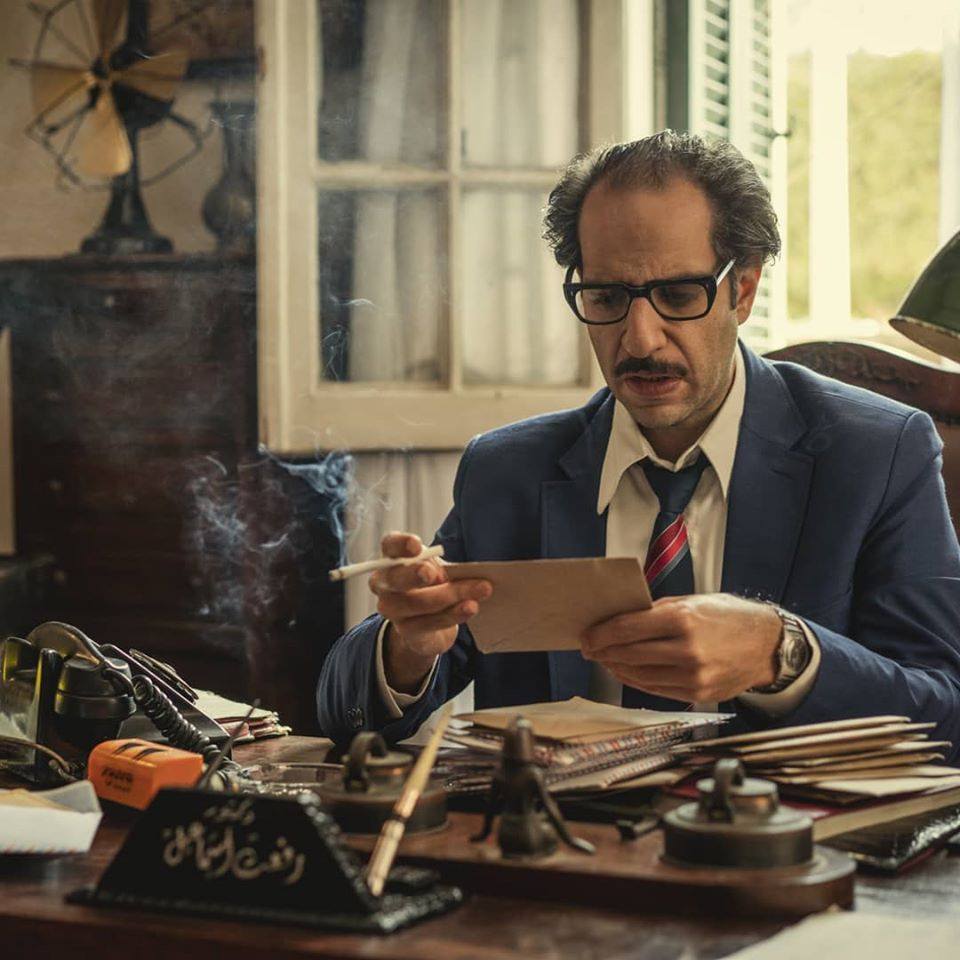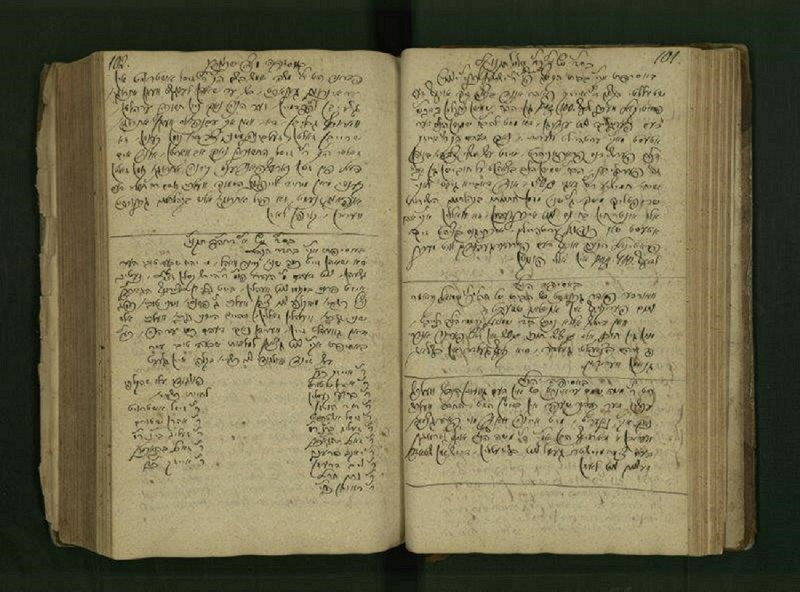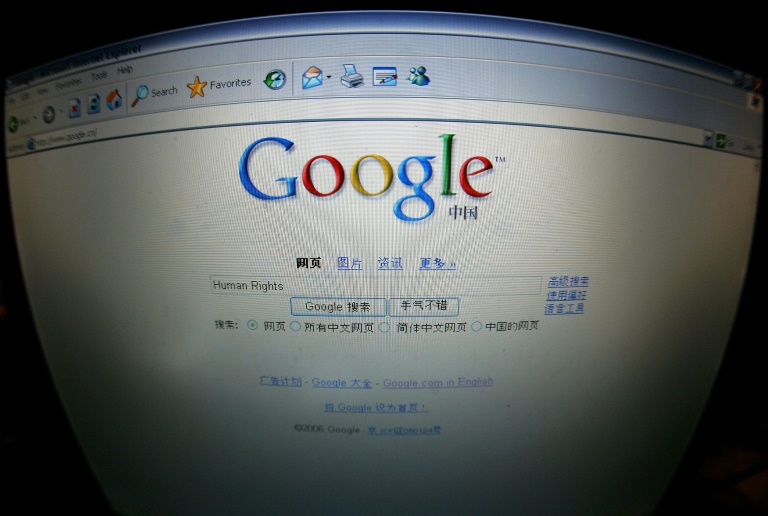In January and February of this year, the eyes and ears of people around the world were fixed on Egypt.
Most of these Tahrir-watchers neither spoke nor understood Arabic. While the more avid among them probably got the hang of a few words, such as “erhal” and “midan,” most relied entirely on linguistic and cultural translators. So did most of the international journalists.
As Omar Suleiman’s famous final words left his mouth, they were broadcast into the ears of a number of professionals, and were heard around the world in near-simultaneous translation.
Much of global commerce, politics, and culture depends on legions of often-invisible translators who bring us instructions, advertisements, and diplomacy, and who translate our films, novels, and poems. After all, even the most educated among us only speaks a handful of the world’s 6000 to 7000 languages.
International Translation Day, celebrated on 30 September, is a day to recognize, celebrate, and question these invisible legions. For the coming weeks, Al-Masry Al-Youm will do just that through its translation series entitled In other words…
Translation has played a key role in the development of Arab culture. Eleven hundred years ago, Caliph al-Ma’mun set up Baghdad’s Bayt al-Hikma, or House of Wisdom, for research and translation. Many of the pioneering Arab philosophers, such as Ibn Sina and Ibn Rushd, relied on translations from Greek, Roman, and other languages.
In recent years, some have questioned whether Arabic-speaking countries are translating “enough.” A 2002 UN development report famously claimed that “the total number of books translated into Arabic during the 1000 years since the age of Caliph al-Ma’mun to this day is less than those translated in Spain in one year.”
This number is certainly wrong. Arabic-French translator and scholar Richard Jacquemond has done his own research and estimates a number of translated books that is several times higher.
But the “number” of books being translated tells us little. Whether the translations are important, useful, and beautiful, and what sort of role they play in the culture, are far more interesting questions.
In any case, Egyptians are exposed to a great deal of material in translation. While Brits and Americans rarely watch a film “in translation,” Egyptians are regularly exposed to foreign-language television and movies. The same is true of children’s books: Only a few children’s books have been translated from Arabic to English, whereas the local children’s-book market is saturated with translations.
Still, English-language publishers do translate a greater number of books overall. A small percentage of these books – totaling a few dozen a year – is translated from Arabic. But few have reached more than a handful of readers. Aside from Alaa al-Aswany’s “Yacoubian Building” and Naguib Mahfouz’s major novels, very few have made their way into the mainstream consciousness.
Part of this can perhaps be chalked up to low-quality translations. Good literary translation is, after all, an art in itself. Literary, filmic, and even journalistic translation is not just about the “meaning” of a text. It is about rhythm, echo, and the re-creation of an entire cultural universe.
Al-Masry Al-Youm’s English Edition, a publication that works closely with an Arabic-language partner, is uniquely poised to track these issues. Over the coming weeks, we will examine a number of issues, including the translation of movies and television shows, protest slogans, the role of the government in translation, translations for children, authors’ views on translation, what gets selected for translation, and much more.
We invite you to read, comment, and build on the discussion.




